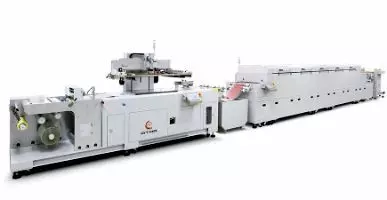
Roll-to-Roll Screen Printing Line
Multi-function automatic Roll-to-Roll production line for all flexible rolled material,...
Read MoreSilk-screen printing is crucial processing of PCB fabrication such as solder mask, legend or marks, wet-film plug-via processing. ATMA is dedicated to providing screen printing solutions for various types of rigid or flexible PCBs like single layer or multi-layer PCBs, and single-sided or double-sided PCBs
Flexible circuits are typically manufactured using a polyimide (Kapton) material and one to multiple layers of copper. The copper foil was processed by etching treatment to emerge fine line circuits, legend (or marks), and solder mask is printed afterward. ATMA provides two solutions for printing solder mask, legend (or marks), silver and carbon paste onto flexible PCB like flatbed and roll-to-roll screen printing as stated below :
1.ATMA flatbed screen printer is suitable for printing sheet by sheet to continue processing after upstream image exposure and etching process. Since ATMA flatbed screen printer has the vacuum tabletop which is machined to achieve high accuracy of flatness and is equipped with the adjustable features for printing to attain even ink layer thickness, and the delicate fine line of legend (or marks) is printed on top of solder mask as well. The optional unloading device can be added to upgrade as 3/4 automatic to save labor increasing production efficiency.
2.ATMA roll-to-roll screen printer is suitable for high productivity printing the coiled flexible foils to continue processing after upstream image exposure and etching process. This screen printer is equipped with a high-resolution CCD camera to achieve accuracy registering and is incorporated with a drying section to meet high production efficiency.
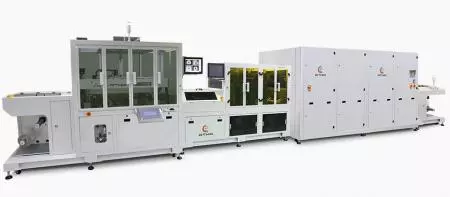
Roll-to-Roll screen printing machine, integrated by winding – auto registration – auto printing – dryer – rewinding. Suitable for direct printing graphic, legend, solder mask, conductive electrode (Silver or Carbon) onto FPC (flexible printed circuits) and so on various flexible thin film.Product character : production high efficiency, less human error, continual processing to raise production quality.
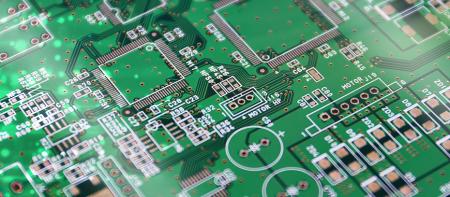
Three types of screen printer, semi-automatic, twin table, fully automatic printing line, (delivery to dryer, or drying rack, etc. after printing accomplishment), directly printing legend, plug-via hole, solder mask, conductive ink (silver or carbon) electrode / circuits etc. onto rigid / flexible panel.
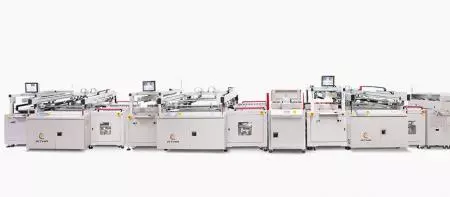
A. Solder Mask : leave out through holes and cover all circuits and copper surface to prevent short-circuit while process mounting components on PCB, and save quantity of Tin soldering.B. Protective Plate : prevent moisture and various electrolyte damage circuits oxidation to endanger electric property. Also, prevent exterior mechanical damage to maintain PCB optimal isolation.C. Isolation : because of PCB tends to more and more thin, circuits width and pitch more and more narrow, an issue of isolation in between conductors is more remarkable. Also, increasing importance of solder mask isolation property.
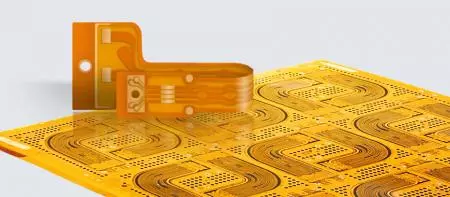
Flexible circuit board is abbreviated as FPC, the circuit layout is made on the flexible substrate by screen printing, as a transmission intermediary for the electronic product signal. Because of continual automated production, increasing wiring density, light weight, small size, reduce wiring error, flexibility and elastically to change shape and so characters, widely applied for consumable electronic products such as LCD screen for notebook, smart phone, tablet PC and hard disc storage device etc. By connecting FPC and motherboard, between LCD screen or various different components to attain signal transmission and foldable cover or rotating and so on function. After the electronic products went to the trend of light weight slim and short, they had a great motivation for the growth of FPC. Three types of screen printer, semi-auto, twin table, fully automatic FPC roll-to-roll screen printing line.
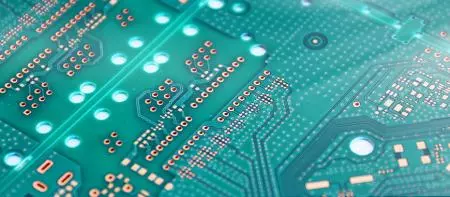
ATMA screen printer is used by PCB manufacturing technique in via plugging process, which the via hole is filled with solder mask or epoxy. This process partially or completely closes the via hole using a conductive or non-conductive filling material. Via plugging is done as a preventive measure to secure the vias from the unwanted flow of solder material during the assembly / soldering process.ATMA provides alternative screen-printing solutions for rigid PCB manufacturing to support solder mask printing or epoxy via plugging wet film process. such as semi-automatic flatbed, or twin table screen printer and fully automatic screen printing to fulfill customer production capacity scale.

Multi-function automatic Roll-to-Roll production line for all flexible rolled material,...
Read More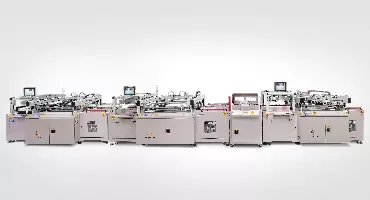
Breakthrough conventional process mode, three times printing with three times drying,...
Read More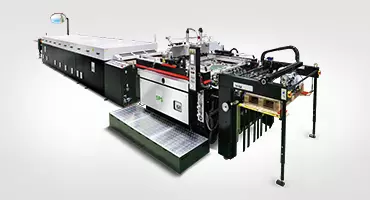
Screen printing speed attains highest 4000 cycles per hour within industry, under high...
Read More